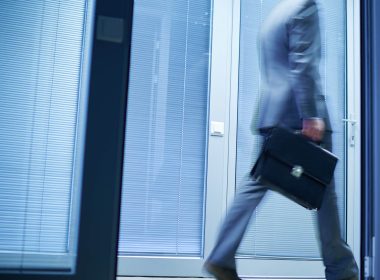Snapshot
- Defendants may rely on counterfactuals to reduce or eliminate their damages exposure.
- Damages will be reduced to the extent that, had the defendant not engaged in the unlawful conduct, the defendant would have taken lawful means to effect the same result.
- Counterfactuals must be pleaded carefully and proved by evidence.
The High Court has provided guidance on how damages for misleading or deceptive conduct may be assessed by reference to counterfactual analysis. The decision in Berry v CCL Secure Pty Ltd [2020] HCA 27, handed down on 5 August 2020, resolves that a claim for damages under the Australian Consumer Law (‘ACL’) may be reduced where a person who engaged in contravening conduct would otherwise have taken lawful alternative means to bring about the same result. The decision emphasises the importance of precise pleading of counterfactuals.
Use of counterfactuals in relation to damages claims
Defendants may rely on counterfactual analysis as a mechanism to reduce or eliminate their damages exposure. Specifically, the Court may find that causation has not been proved between a defendant’s unlawful conduct and a plaintiff’s damage, if the defendant had lawful alternative means available to it at the time to bring about the same result.
Where a counterfactual is raised by a defendant, the Court must determine what would have happened by postulating a hypothetical situation in which all the facts remained as they occurred save for the defendant’s unlawful conduct (see, e.g. Bartlett v Australia & New Zealand Banking Group Ltd (2016) 92 NSWLR 639; [2016] NSWCA 30 at [83]-[85]).
Factual background
The Respondent, formerly known as Securency Pty Ltd (‘Securency’), marketed Australian polymer banknote technology globally. Unfortunately, Securency became embroiled in bribing foreign government officials to win lucrative contracts – somewhat ironic for a company whose business involved printing banknotes. Prior to the scandal, Securency had contracted the Appellant, Dr Berry, to act as Securency’s agent in Nigeria. Dr Berry was an interesting choice of agent – one of his companies was suing the Nigerian government for US$252 million, which made it unsafe for him to travel to Nigeria. Nonetheless, Dr Berry maintained valuable connections with the Nigerian president and the central bank governor which were integral to Securency’s success in accessing that market.




